Welcome to Natural Wonders! I hope you’ve had a chance to get outside and explore — when life gets busy or depressing or overwhelming, remember that getting outdoors can bring you back to yourself. There’s good research that supports the calming effects of greenspace. I hope you have a chance to enjoy it!
We went camping last week at our favorite nearby lake, the first time we’ve been since last fall. The sites at this campground all have access to the water, and so a year ago we reserved our favorite site once a month for the entire summer. The location feels protected from the nearby campers and has a great view of two separate legs of the lake as well as South Carolina across the main body of water.
It’s a great spot to watch for wildlife, and with the water high from our rainy winter we noticed a Great Blue Heron stalking the shoreline just feet away from us one morning. Watching her carefully place her feet as she hunted for small fish in the shallows, Andrew wondered what would happen if she damaged one of her eyes. Could she still hunt? Would she be able to survive?
But then I wondered – the heron seems to have eyes on the side of its head, meaning it has two separate fields of vision. If that’s the case, how does it accurately stab a fish in the water? Wouldn’t it need binocular vision to accomplish that? And if it lost one eye, is that a death sentence?
Can a one-eyed heron survive?
First, a bit about vision. Predatory animals that hunt to survive typically have eyes on the front of their heads to enable binocular vision. This allows them to have precise depth perception in order to attack their prey:





Typical herbivores that serve as prey to those predators tend to have eyes on the sides of their heads so they can scan for danger. Each of their widespread eyes sees a separate field of vision, meaning some animals can see up to 360 degrees of their environment:
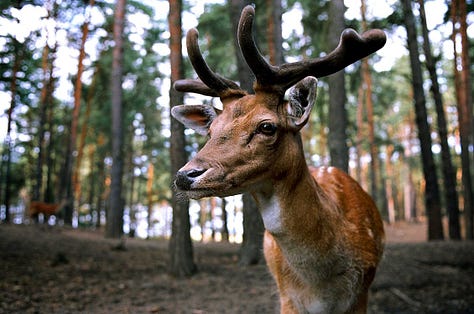
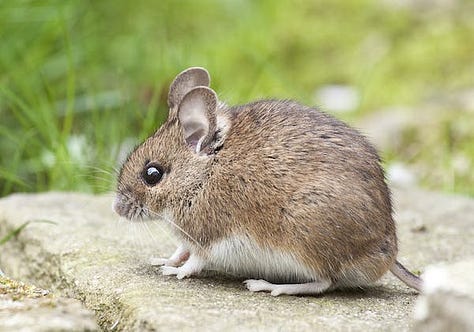
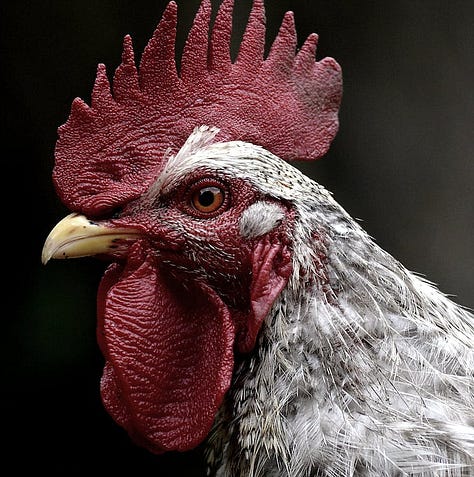
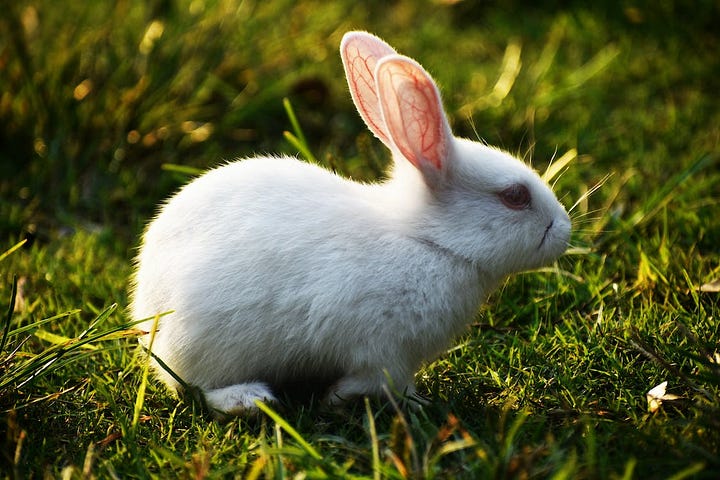
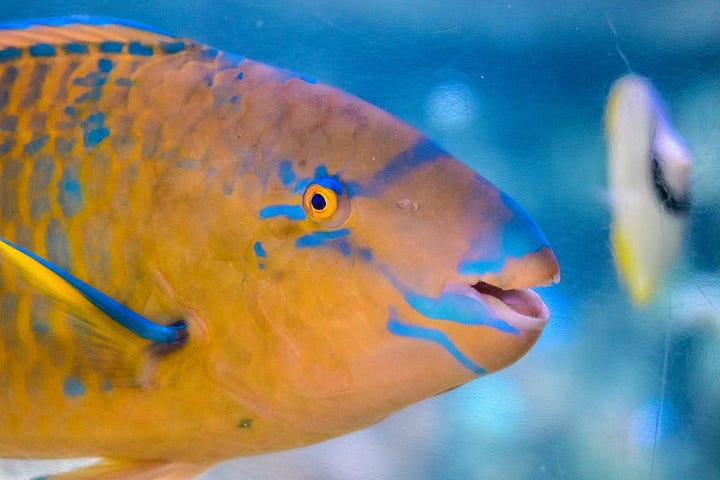
Until I started researching this article, I thought prey animals didn’t have any binocular vision at all – they simply scanned to the left and right of them with no overlap in the middle.
That is not correct.
It turns out most animals (and for the purposes of my research here – most birds) have at least some binocular vision. Even though their eyes are placed laterally on the sides of their heads, there is a point at which the vision of those two eyes overlaps, allowing for binocular vision and depth perception.
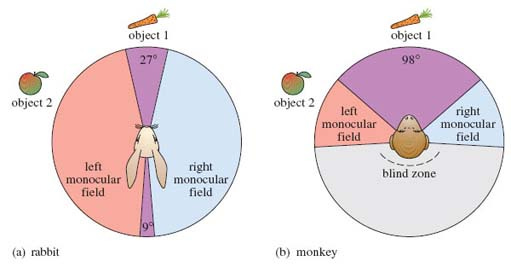
In other words, the Great Blue Heron we saw at the campground might appear to have eyes on the side of its head, but as a predator bird it HAS to have binocular vision to accurately stab at fish.

For birds, binocular vision isn’t just important if you’re a predator hunting for fish. Birds need to be accurate with their beaks in order to preen their feathers, build intricate nests, and feed their young without accidentally stabbing their eyes out.
So, binocular vision is important and all birds have it, right? Actually, not really.
First, those of us with binocular vision (that includes us humans) have a blind spot in front of our nose. Literally, you cannot see the tip of your nose with binocular vision (try it – you can only see it if you close one eye). Birds have the same problem – some of them can’t see their own beaks. This is a problem if you’re trying to catch a fish or not stab your chick in the eye as you feed it.
One study found that pecking foragers (those birds looking for seeds, worms, insects) can just barely see their beak tips while non-raptorial predators (birds that capture insects and fish with their beaks rather than their talons – herons, in other words) can see around 74% of their beaks. This allows them to be incredibly accurate as they hunt, as observed by commenter MJB on a bird forum:
“In the company of several people, some years ago I saw a Grey Heron flying in leisurely fashion across the artificial lake in the grounds of Holkham Hall. Sailing across its path was a female Mallard followed by nine ducklings in a row. As the heron approached, eight ducklings dived, and in one smooth movement the heron picked up the duckling, tossed it in the air and caught it in an orientation in which it could be swallowed. It was. The heron's wingbeat cadence did not vary throughout, and as it flew away the submerged ducklings surfaced. Then there were eight...
We immediately discovered those among us who were squeamish.”
Interestingly, daytime raptors (hawks, falcons, eagles) have a large blind spot that does not allow them to see their beaks at all. But since they usually make their kill using their talons, this blind spot doesn’t affect them. To compensate, they typically swing their feet up into their field of vision just before landing on their prey.
So, could a heron survive with just one eye?
Birds have been shown to use their eyes separately for different tasks. Studies show birds have a preference for one eye over the other for specific tasks (one paper: Do sparrows have a favorite eye?). Falcons will fly a curving path, keeping one eye on their target prey as they arc through the sky before switching to binocular vision at the last moment as they pounce. Some studies suggest that birds use one eye for detection and then both eyes “at the moment of seizure” – you can see this in action when watching a robin looking for a worm, tilting its head towards the ground as if it’s listening for worms. It is both listening and watching for worms and insects with one eye before using both eyes to snatch its prey.
Raptors have been known to survive and continue to hunt with just one eye, but now we know they mainly use their talons to snag their prey. Ducks can also survive with one eye because they’re considered filter feeders – they feed through feeling along lake bottoms. Their eyes have evolved to have very little if any binocular overlap. In other words, they can’t see their own bills, but see a much wider space around them, up to a full 360 degrees, to remain aware of predators sneaking up behind them. Being able to see your beak would be important if you need to build an intricate nest or feed your young, but birds with this wide periscopic vision tend to have simple nests on the ground and chicks that are fairly self-sufficient from birth, all because their own beaks are invisible to them. If your mom can’t see her own beak, it’s not a problem if you are born basically able to feed yourself.
Ultimately, it seems that binocular vision evolved in birds to allow them control over their beaks. Birds that rely on the accuracy of their beaks to survive tend to have a decent area of binocular vision and are able to see a good portion of their beaks. Those that don’t need it, don’t have it.
Predators need both eyes.
Cool stuff about herons:
Herons have excellent night vision and can and do hunt at night
The long, raggedy feathers that drape down its chest actually serve a unique purpose – the heron can reach up and use a special claw on its foot to crumble these feathers into a fine powder which it spreads on its belly to make it easier to repel water and oil while wading in mucky waters. It can also use this powder to wash of muck and oil from its catch before eating it.
70% of young herons die of malnutrition because of how hard it is to learn to hunt.
Herons can live to 15 or older. The oldest (discovered through banding) was 24 years old.
Black herons form their wings into an umbrella to create shade that attracts fish.
In the years before WW1, many herons were killed for their feathers, which became very desirable for women’s hats. At the height of the fashion, heron plumes were worth three times more than gold.
Weird Nature:
If you enjoyed this issue, please click the “like” button below - it helps raise the profile of the newsletter and makes it easier for others to find it. And please share it with your friends!

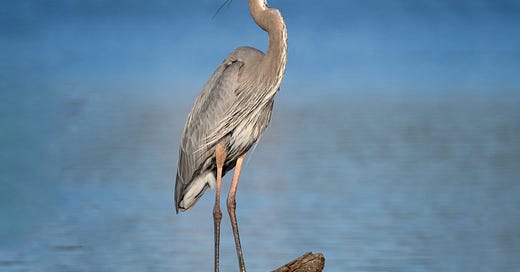






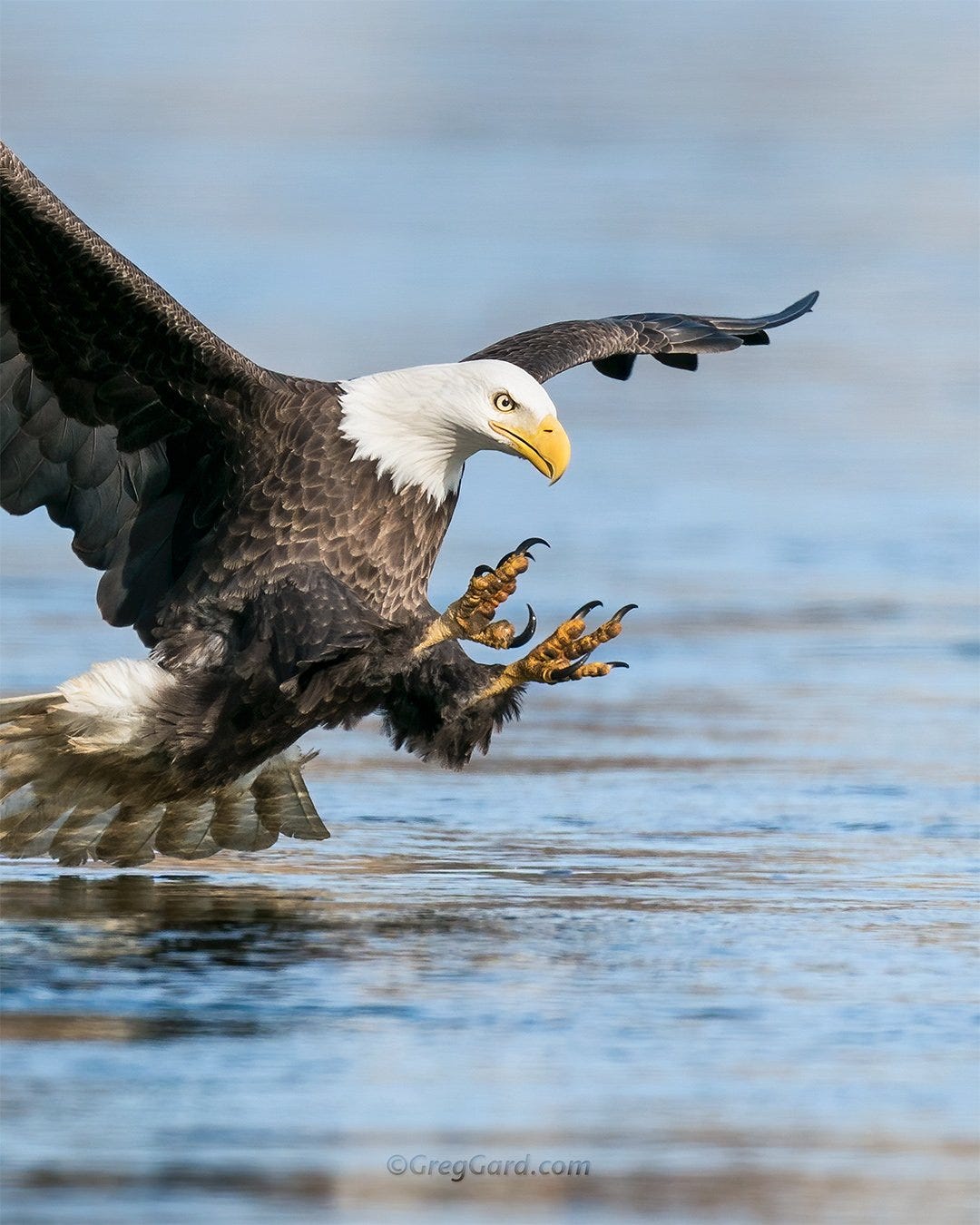



A couple more factors that influence depth perception. The distance between the eyes must influence the perceived depth. When the eyes are very close together, their effectiveness at depth perception is probably limited. It would be interesting to find out how this plays out in the animal world. How close can eyes be and still deliver binocular depth perception? Binocular depth depends on the difference between the images falling on the right and left eyes, and when these are very close together, the image differences would be small. The second factor is that distance (depth) can be estimated with a single eye by parallax, and a lot of birds (e.g. doves, chickens) seem to do that by moving their heads back and forth, especially while walking. Close objects then appear to move across a larger segment of the visual field than distant objects. It's easy to confirm this effect for oneself. Parallax might be more important for birds that have eyes on the sides of their head, and/or that move faster.
I am late to this party but stumbled upon this article while looking up the same question. I looked it up because we have a resident male Great Blue Heron here in a nature reserve that I photograph often nearby and he thrives with just one eye. He does have to turn his head completely to look around when other birds or animals approach from the missing eye side but, he fishes, flies and does really well and has had a missing eye for years.